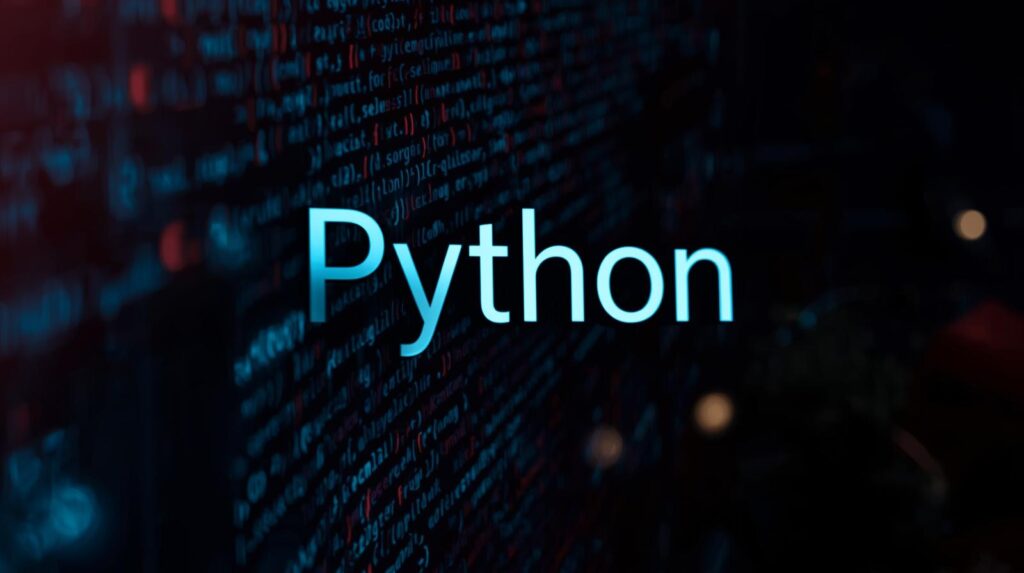Which IT Course Is Most Beneficial and Are These Courses Available at Emancipation Edutech Pvt. Ltd., Ranchi?
Which IT Course Is Most Beneficial and Are These Courses Available at Emancipation Edutech Pvt. Ltd., Ranchi? In today’s digital era, the IT (Information Technology) sector has become one of the most promising and fastest-growing career fields. Whether you are a student, a working professional, or someone planning to switch careers, learning IT skills can open many doors. The most common question students ask is: Which IT course is the most beneficial? And are these courses available at Emancipation Edutech Pvt. Ltd., Ranchi?Let’s explore this in detail. 1. Python Programming – The Best Starting Point Python is one of the most popular and easy-to-learn programming languages in the world. It is widely used in software development, automation, data science, artificial intelligence, and machine learning. Benefits of Python: 👉 Availability:Python training is available at Emancipation Edutech Pvt. Ltd., Ranchi with hands-on practical sessions. 2. Data Analytics – A Career with Rapid Growth Data Analytics is an excellent option for students who like working with data, numbers, and business insights. Companies rely on data analysts to make smart decisions. Benefits of Data Analytics: 👉 Availability:Emancipation Edutech Ranchi offers a well-structured Data Analytics course with real-world projects. 3. Data Science – One of the Highest-Paying IT Careers Data Science is an advanced IT course that combines data analysis, machine learning, statistics, and artificial intelligence. It is one of the most in-demand skills globally. Benefits of Data Science: 👉 Availability:This course is also available at Emancipation Edutech Pvt. Ltd., Ranchi, taught by experienced trainers. 4. Machine Learning & Artificial Intelligence (AI) AI and Machine Learning are future technologies driving innovation across industries such as healthcare, finance, and e-commerce. Benefits of AI & ML: 👉 Availability:Emancipation Edutech Ranchi provides AI and Machine Learning training with practical, project-based learning. 5. Web Development – Jobs and Freelancing Opportunities Web Development is an evergreen IT skill. Every business needs a website, which keeps the demand for web developers consistently high. Benefits of Web Development: 👉 Availability:Web Development and MERN Stack courses are available at Emancipation Edutech Pvt. Ltd., Ranchi. 6. Java Programming – A Strong Career Foundation Java is a reliable and widely used programming language, especially in enterprise applications, banking systems, and backend development. Benefits of Java: 👉 Availability:Java training is also offered at Emancipation Edutech Ranchi with complete practical guidance. Why Choose Emancipation Edutech Pvt. Ltd., Ranchi? Emancipation Edutech Pvt. Ltd. is a trusted IT training institute in Ranchi that focuses on making students industry-ready. Key Advantages: Conclusion If you are wondering which IT course is the most beneficial, the answer depends on your interest, but Python, Data Analytics, Data Science, AI/ML, Web Development, and Java are among the most rewarding courses today. And if you are looking for a reliable IT training institute in Ranchi where all these courses are available, Emancipation Edutech Pvt. Ltd., Ranchi is an excellent choice to build a strong and successful IT career.







